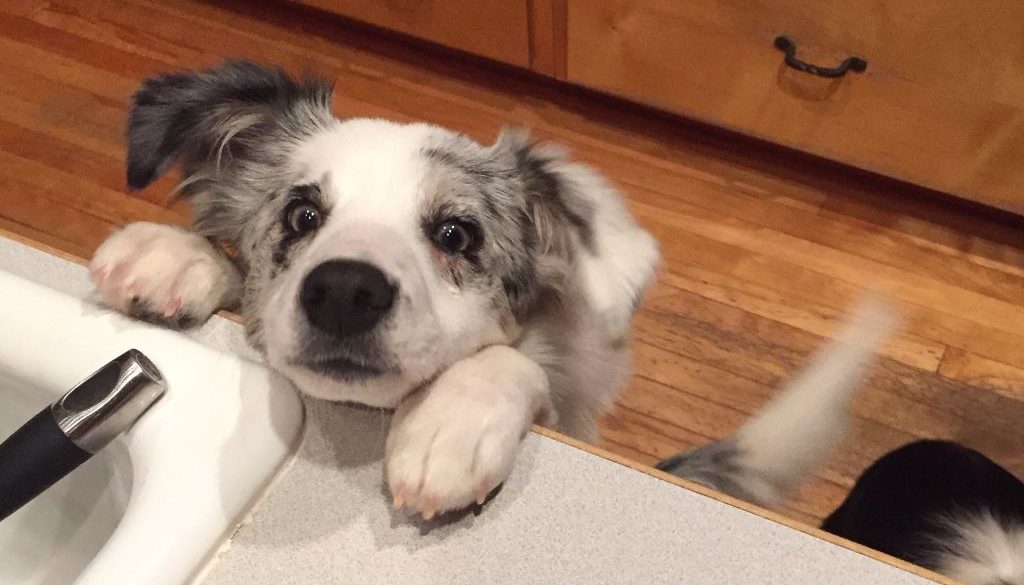A student recently expressed frustration over the bad habit his dog has developed of jumping on people – especially at the dog park. He is annoyed that people don’t mind when his dog jumps on them, and they even allow it instead of pushing his dog away.
A couple of thoughts came to mind immediately.
1) It’s no one else’s job to train your dog.
That’s your job. It’s not my job to push your dog away if he jumps on me; it’s your job to prevent your dog from jumping on me in the first place. If you don’t like how your dog behaves in a certain situation, it’s your responsibility to work on the problem and train the dog what to do and what not to do. If you don’t want your dog to jump on other people, or on you, teach him what to do instead. Be ready with your leash, your reward system, your direction, and your consequences should your dog choose to ignore you.
2) At a dog park, where dogs are allowed and are expected to run and romp and race and jump and bark with reckless abandon, where the human rules give way to the dog rules, where your dog is often not near you, and where you have no control over the interactions other people and other dogs have with your dog, you have to accept that it’s highly likely, if not a certainty, that your dog will engage in and have the opportunity to practice undesirable behavior. And that’s the choice you make when you decide to take your dog to a dog park or participate in a play group. It has up sides and down sides. Are you okay with the down sides of that activity? If not, don’t put your dog in a situation where you can’t control what he does or what takes place.
Dogs are natural jumpers. They really do jump for the joy of it, and they usually are reinforced in some way and at least some of the time for doing so, so it is worth it to them at least to try – on people (for a hug or a pet or to be closer to your face), on furniture (to lay on a soft surface next to you perhaps), on tables and counters (to see better or to help themselves to a treat).
Teaching your dog not to jump is quite simple: we teach our dogs the “off” command or to sit instead. But – and here’s the catch – in order for your dog to be successful at not jumping, YOU (not your mother-in-law, not your neighbor, not some other person hanging out at the dog park) must be there to give a command, to help your dog obey it, to reinforce your dog when he does obey, and to follow through with consequences if he chooses not to obey.
If/when your dog succeeds in learning not to jump, kudos to you! You can pat yourself on the back for him having great manners. If your dog fails to learn to stay off, don’t get mad at or blame him – it’s you who is the weak link in the chain.
In order for your to be successful at learning to keep his feet on the ground, you will need to practice the behavior you want him to do. You will need to do it in dozens of locations and in dozens of situations (with people he knows and with strangers), and you will need to be consistent with your expectations, your reinforcements and your consequences.
If you want help teaching your dog not to jump, sign up for a Stop Jumping Micro Class at Cloud Nine, where you will learn tips and tools to curb your dog’s problem jumping behavior.







